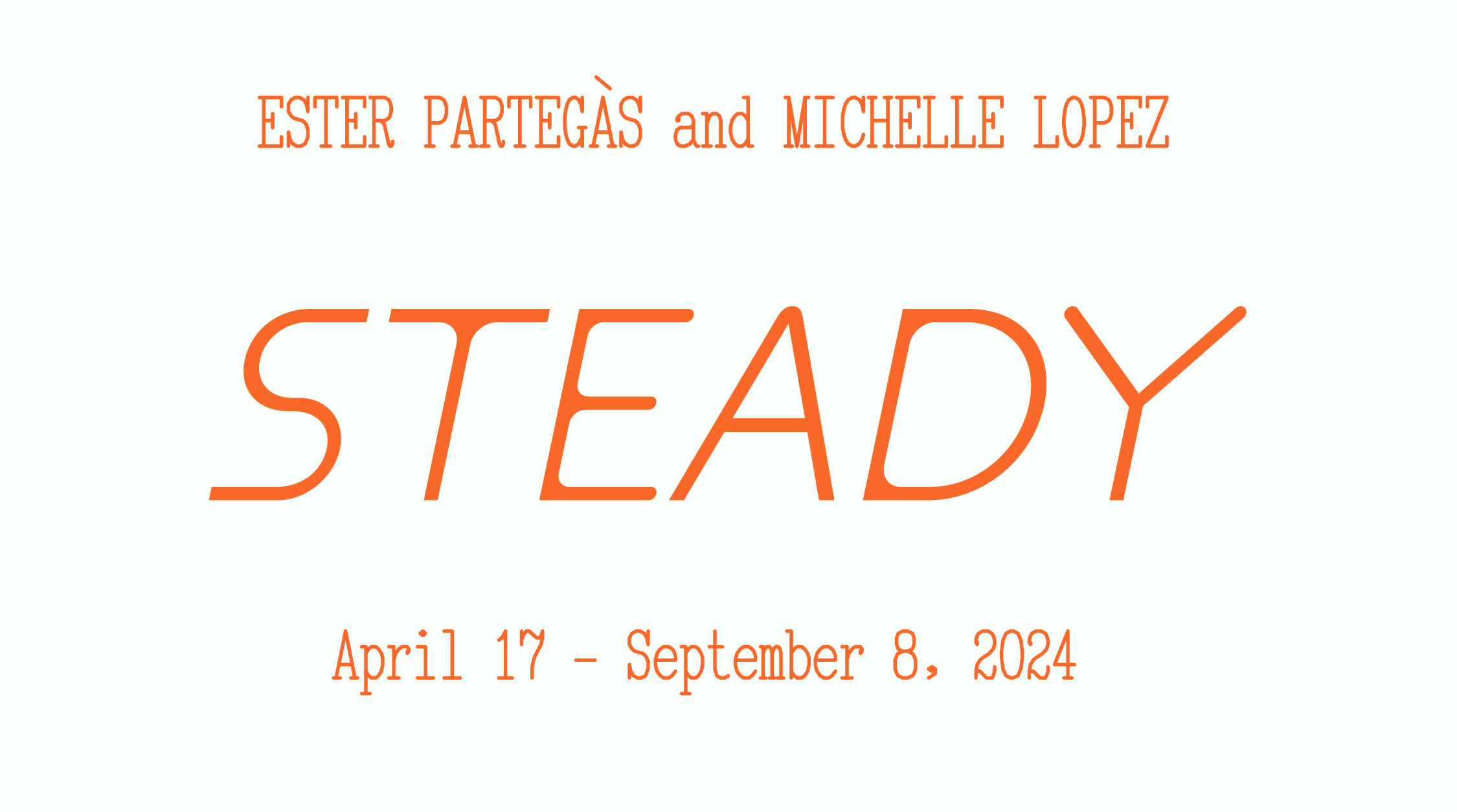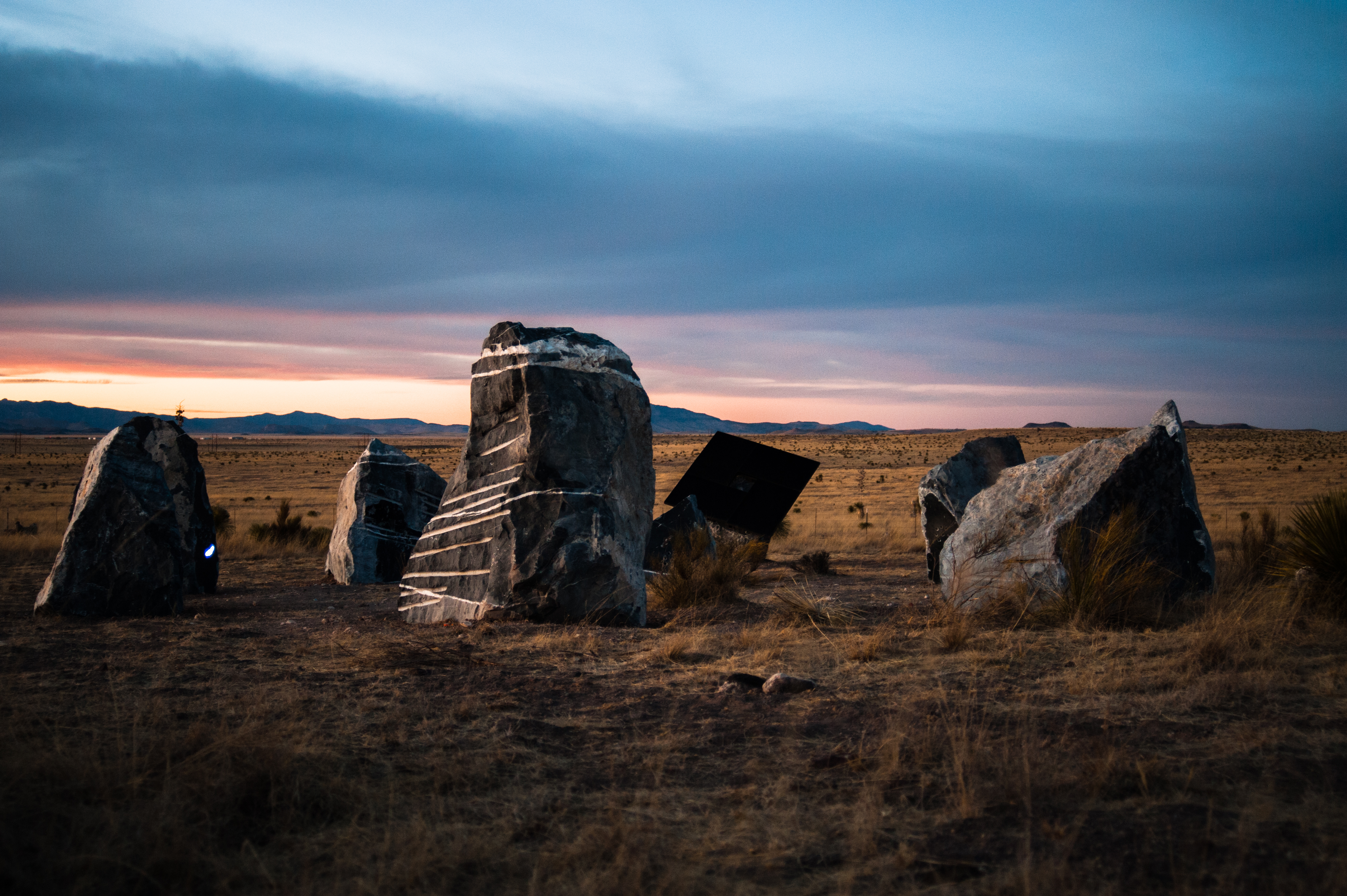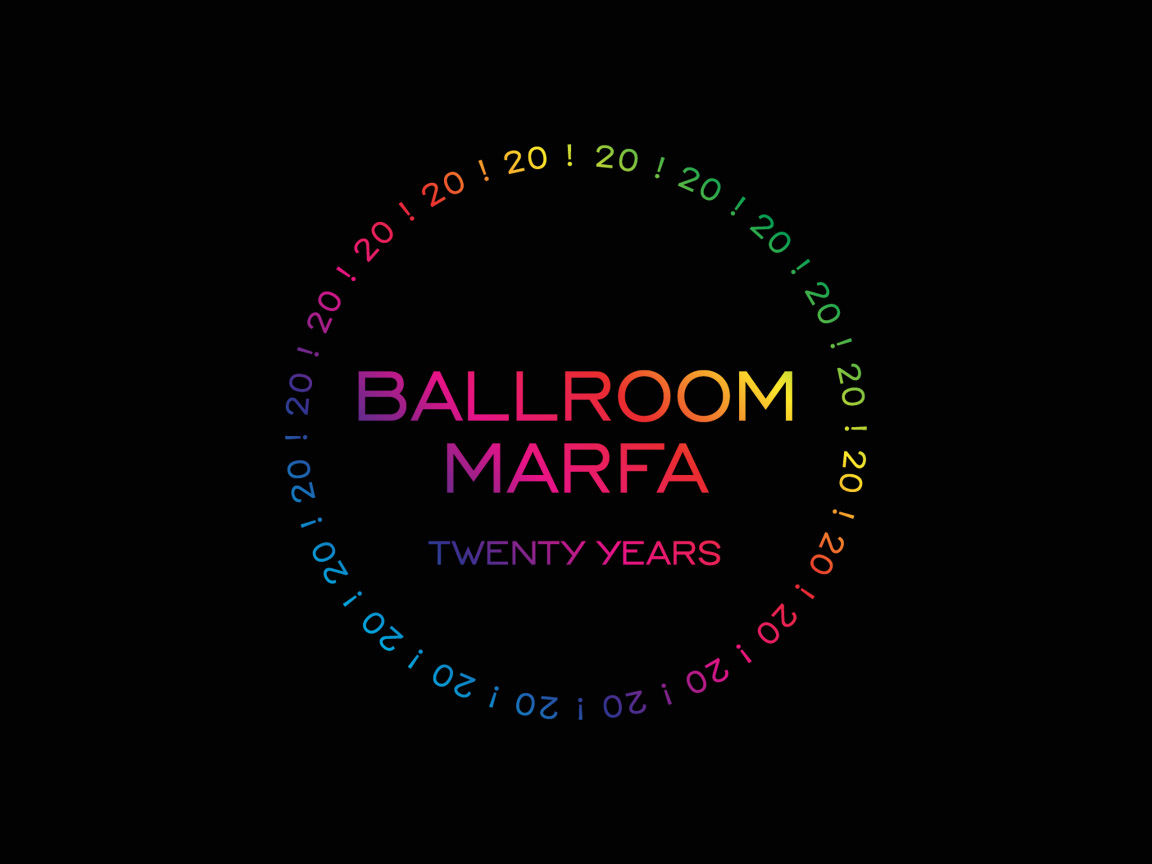Rashid Johnson’s Studio Rituals and the Sounds of the Future
16 Dec 2014
In 2009, Sarah Trigg, a visual artist, embarked on an investigation within the United States, interviewing more than 200 artists in their studios. She met with a wide range of practitioners — from painters to performance artists — of various locations, backgrounds, and career stages to create a behind-the-scenes survey of artmaking today. One of her subjects was Rashid Johnson, whose solo show New Growth was at Ballroom in 2013. An excerpt from their conversation:
Another act that has become part of the ritual of pouring the heated material [to create Johnson’s sculptures] is listening to Eric Dolphy’s “Improvisations and Tukras,” from the album Other Aspects (also the title of one of Johnson’s past exhibitions). To get a sense of what Johnson experiences, I played the record while shooting. Despite much effort, Johnson has not found any other music resembling this song’s specific trancelike feel and syncopated rhythm — whether in jazz, traditional African music, or the rest of Dolphy’s work. It’s as if it had arrived from an otherworldly source. “For me,” said Johnson,


















